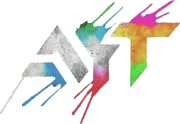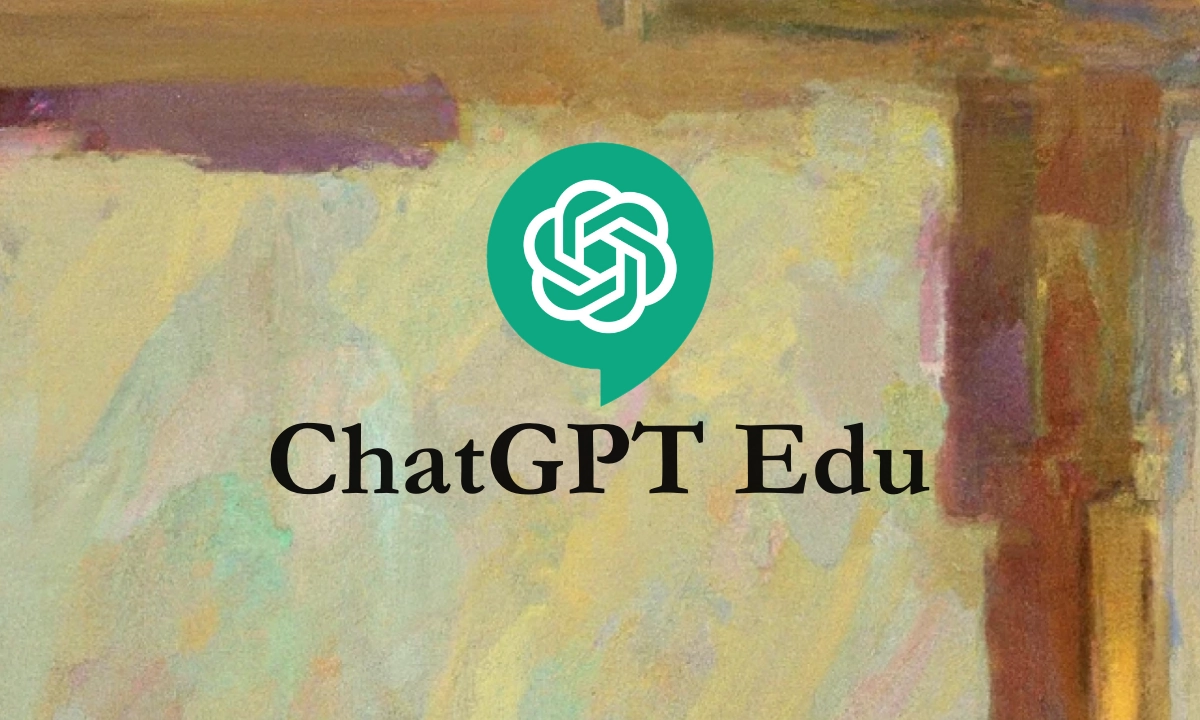Reportedly, OpenAI is planning to launch a ‘Text watermark tool’ for ChatGPT-generated content to stop students from cheating, implementing tool that lets the users detect when someone uses ChatGPT to write essays and papers, and the growing concerns towards students using artificial intelligence to cheat in their exams and assignments. OpenAI has held back its release because of the internal debates which have impacted the users.
Internal Debates
ChatGPT users have revealed their statement that nearly one-third of users would be affected by the implementation of anti-cheating technology, OpenAI is cautious about the potential and emphasizes the importance of taking a careful approach to these consequences.
However, proponents within the company argue that the benefits of such a tool affect the potential downside, believing the technology to curb academic cheating and educational assessment significantly. Despite these arguments, the company states that this complexity shows mixed reactions of users that they would face in implementing the watermarking tool and making users realize the benefits this tool holds.
OpenAI text watermark tool for ChatGPT and its work
With the watermarking technology that has been developed by OpenAI, tokens are selected firmly by ChatGPT, embedding a detectable pattern within the text. This pattern is detected by OpenAI’s system and is invisible to the naked eye. It assigns the score that indicates whether a particular text is generated by ChatGPT or not. This method is 99.9% and the internal documents make new text to be generated.
Moreover, being highly effective, it still holds concerns about the ease which removing these watermarks, it engages through techniques such as using translation services or enabling adding and then removing emojis could particularly erase watermarks.
In addition to this, who would get access to the detection tool poses a challenge, the tool becomes quite ineffective with limited access while widespread availability may expose the watermarking technique to potentially bad experiences.
Implications becomes broader
OpenAI has debated over various distribution strategies, which include providing a detector directly to educators or partnering with third-party companies that specialize in plagiarism detection. This involves the complexity of implementing the tool ensuring its purpose to serve the consequences.
The company won’t go alone in this, Google has too developed a similar watermarking tool for Gemini AI, currently in beta testing. Also, OpenAI has showcased watermarking for audio and visual content providing higher stakes to associate the misinformation with the media.
This internal concern has been discussed all over the OpenAI to associate with AI-generated content, and the implications of AI education for a reliable detection method have become critical for academic institutions. The balance between innovation, ethical considerations, and practical implementation remains delegated.
OpenAI continues to navigate this complex landscape and look for an ultimate decision for the release of the watermarking tool following the future assessment and the impact it will have on the users. Therefore this action of OpenAI will provide a transparent and responsible outcome for the coming AI use in education.

